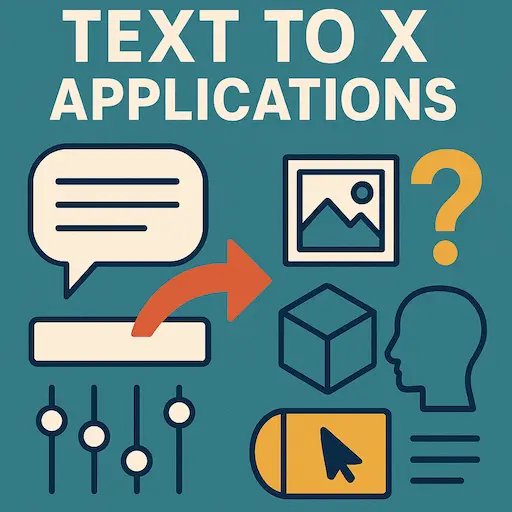Thinking beyond "Text to X" workflows & products
Advertisement:
The technology of today is like fire — you can choose to empower, or decide to burn everything to the ground. The only difference is that the effects of the burn show up slower in this case. Products made using this technology is more about the choice of what it will be used for, than about the strength of the technology itself. Anyone running behind the “Text to X” workflows or the product philosophy of “let’s allow creatives to do things quick” without understanding where speed matters and where it doesn’t, is missing the whole point. Here’s a quote I wrote in my journal that you’re welcome to use as a guide:
In your vision, do you aim to enable artistic expression or content-creation? If former, then the quote above is relevant for you. If content is your sole focus, ANYTHING works. Content-creation often (at least 70% of the time) involves giving away artistic choices anyway. Now there’s a difference between “efficient” and “fast”. Here are some examples: If the examples seem unrelated, hire a musician / creative in your team. Your product folks don’t know what they’re doing. PS: I’m not against products that focus on content-creation. But marketing themselves as “we’re enabling artists express quickly” seems a bit deceiving. "We're helping people create more" is a better translation. Further reading: AI Art article by The Oatmeal 💬 What are your product / feature philosophies? Comment and let me know, or reach out using the Contact form.
“If someone is in a hurry to express, they aren’t really expressing, are they?”
Written by Prashant Mishra
Audio Developer Conference (ADC) | Game Audio India | National Institute of Design | Music Hack Day India | Music Tech Community | Previously contributed to School of Video Game Audio
